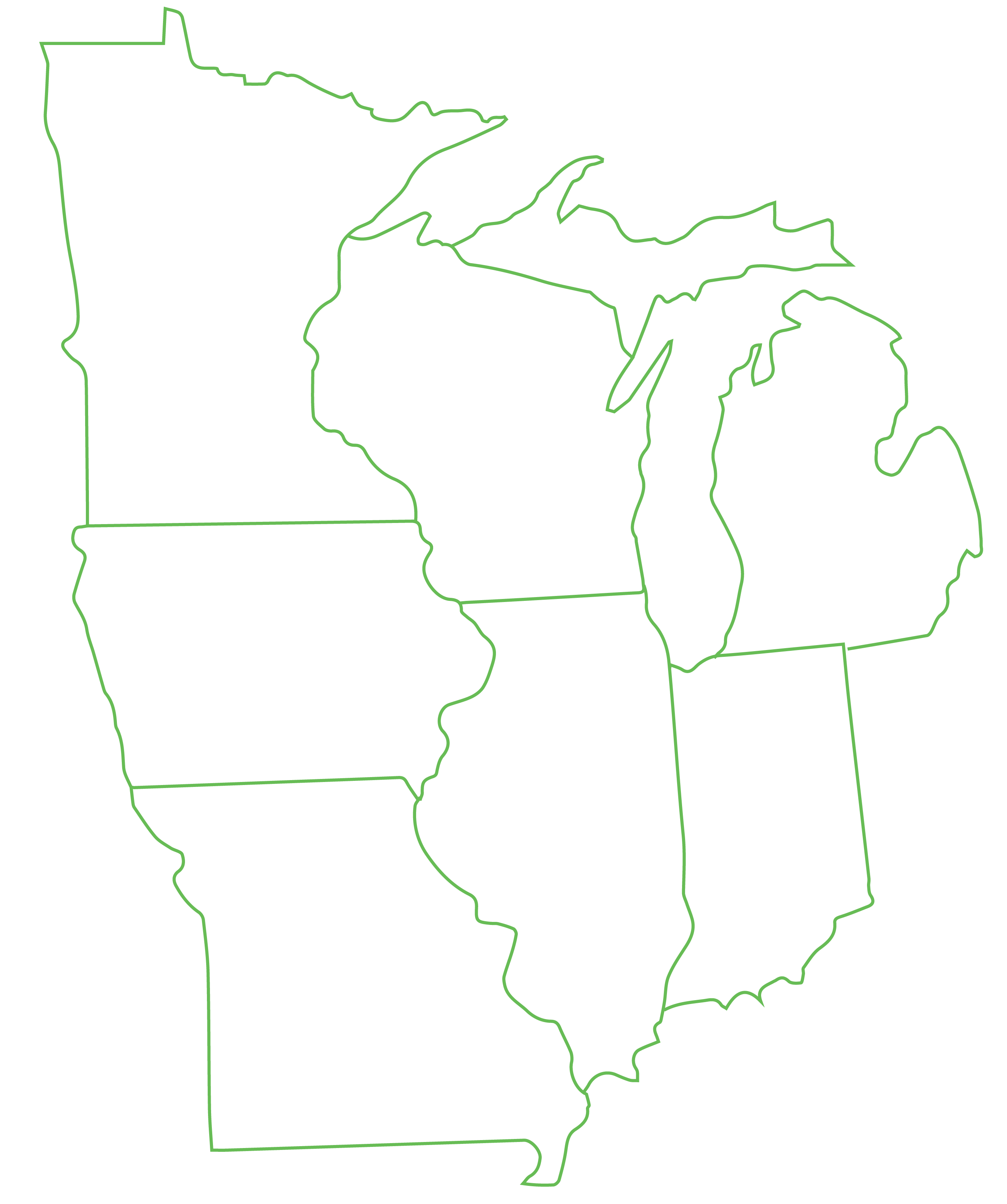Shims may be necessary to reduce the wobble
The following is excerpted from the forthcoming book, which will arrive in Fall 2022: Museum Studies, or Want to learn a secret? Watch this, or Objects without shadows, or Shims may be necessary to reduce the wobble, or How does this all add up? That’s for you to figure out. . . . Seek and thou shalt find. It is what the faithful always do, or (How to) Unweave a rainbow.
As Andrea Fraser reminds us, it is crucial to understand that as artists and writers, we are not outside of or apart from the institution.1 We are the institution. We cannot exist without it, and thus the critique of the institution necessarily implicates our position within it. The goal of institutional critique is in support of the institution: a better institution. Those who work or write within this context do so from a place of care and a place of love.
I arrive at this text not only as an artist within the institution, but as a worker within the institution. This is a position which is both privileged and precarious. Throughout the writing of this text, I have also been closely involved in the formation of the Art Institute of Chicago Workers United (AICWU), a wall-to-wall union which represents the staff of both the Art Institute of Chicago and the School of the Art Institute of Chicago. Hopefully, in due time, AICWU will also represent all non-tenure track faculty at the School of the Art Institute of Chicago, who made their campaign public in May of this year. This process has been exhausting, often discouraging, and also incredibly rewarding. While labor unions are not explicitly a subject of this project, labor is a central theme, and the importance of labor organizing sits just below the surface. The institution in question here is that of art, but the systems which this institution reflects are omnipresent and not separate. This is in solidarity with all workers.
A magician told me that after medicine, magic is the second most published industry. That same magician, who I met hanging out in the kitchen at a party, years ago, described card tricks as “the piano of magic”: 80 percent of all music has already been composed, so the real art is in riffing on established themes. It’s how you play it. But of course, it’s also about the frame. It is about the organizing principles—social, political, cultural—which determine how the trick is understood, determine its effect, and ultimately its value.
Bird’s egg hidden in Apparatus Projects for the duration of the exhibition Jamais vu (2018).
As an industry, magic is known for its secrecy. And art, like magic, has its gatekeepers. The worry seems to be that if we demystify the experience of art, it will somehow lose its effect, and this will diminish its value. The popularity of Penn and Teller, who often explain the method of their tricks while retaining the effect of surprise and wonder, should assuage such fears. I hope that one takeaway from my work is the possibility of critically approaching the institution of art with an emphasis on the systems which create and maintain the values within, while remaining open to the affective experience that shapes those values. Critique is ultimately a dialogue, one which unveils the structures within which the critique takes place. It is subjective. There are no objective truths in critique. It is a practice.
In the island episode of Planet Earth II (the particularly brutal one), there is a segment about Gygis alba, the white tern. White terns are small sea birds found throughout the Indian, South Atlantic, and Pacific oceans. The segment is memorable because the white tern does not nest, unlike other terns, who build their nests on the ground. Instead, it lays a single egg in the crook of a bare branch. No nest, no protection. The egg just balances there on the branch, exposed to the elements, while life forms—slowly and intentionally—inside.
Bird’s egg hidden in the Hyde Park Art Center for the exhibition Artists Run Chicago 2.0, 2020. Courtesy of the author.
Sometimes working at a museum can feel like that. Precarious, but hopeful. The egg, while fragile, is also full of potential. It is a beginning, an opening up into the world. It is both object and subject.
I have worked at the Art Institute of Chicago for almost five years. I am one of over 500 employees who work at the museum enacting a regimen of care and access, implementing the mission of the museum every day. Among these workers are custodians and curators, visitor engagement representatives, painters, security guards, conservators, art handlers, and registrars. There are engineers, carpenters, designers, editors, fundraisers, and data analysts. Some of this labor is visible, but much of it is not. Most of it is not visible even to those who rely upon it the most: to realize their grand visions and create exhibitions, to draw great numbers of visitors through the museum doors.
This system of care, a complex network of human workers carrying out a wide variety of tasks in careful coordination, becomes reduced through its invisibility to pure mechanization within the larger apparatus of the museum. The museum claims total authorship over the production of its workers. But the museum is not autonomous. It is not objective. It is not its director, or its Board of Trustees, or even its collection. The museum is a vital site. It is its inhabitants—the visitors who engage it, and the staff that support it. This is its life-force. Where the care of the institution fails, the care of the collective supports this labor and provides the scaffolding for the apparatus of the institution.



